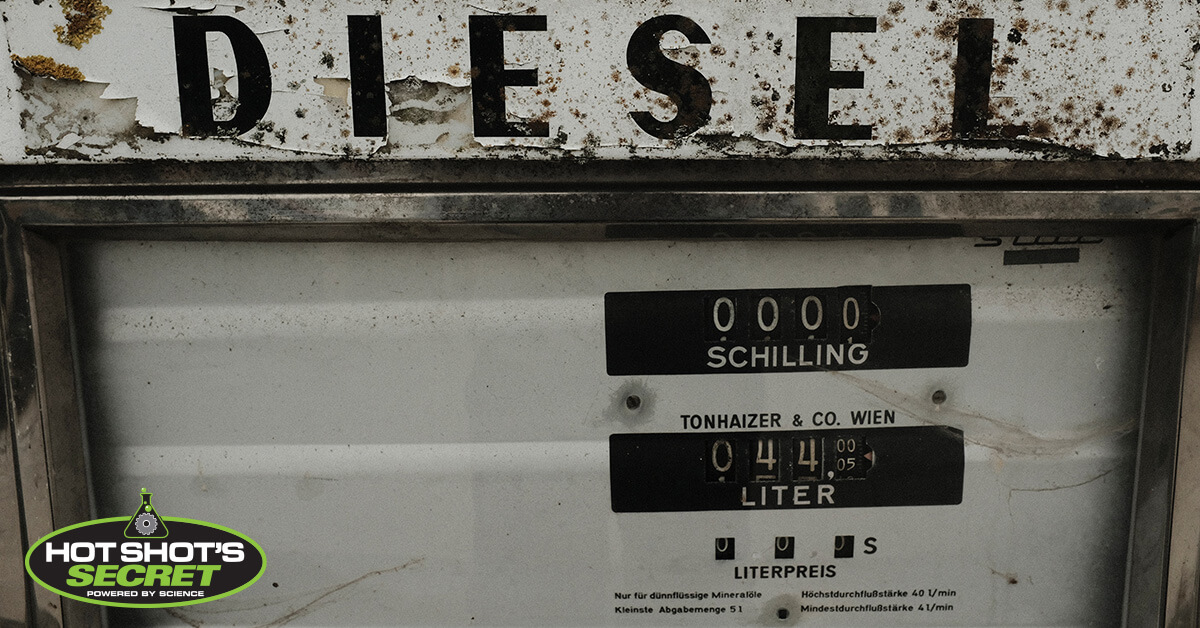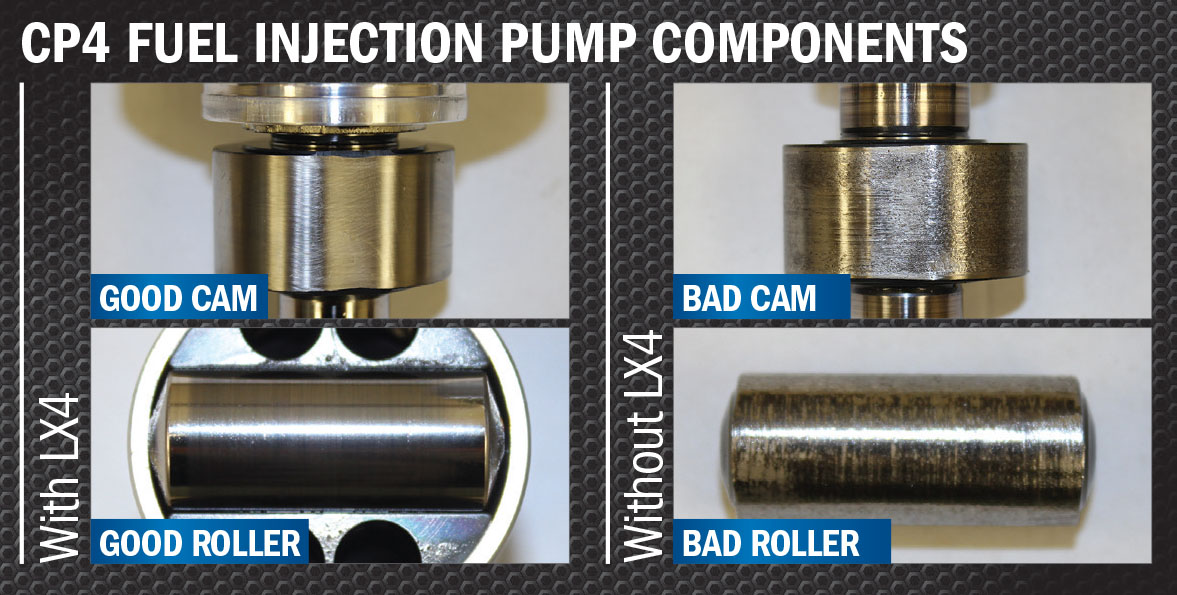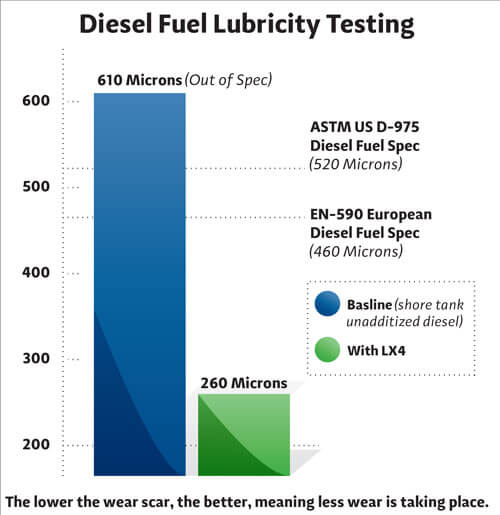
Diesel around the world is the same, right? At first glance you might say diesel is diesel. In most of the world on-road diesel is referred to as Ultra-Low Sulfur Diesel (ULSD), but government regulations tell a different story. Starting in 2011, the United States required ultra-low sulfur diesel at all fuel pumps. This fuel has the requirements of no more than 15 parts per million (ppm) of sulfur and a minimum cetane rating of 40. In comparison, the European Union in 2009, made ultra-low sulfur diesel the standard at the pump, with limits of 10ppm sulfur and a 51 cetane rating. The minimum requirements of diesel fuel are set by different government agencies around the world.
Today’s engines are designed with tight fuel efficiencies and pollution standards, requiring proper fuel and lubricants to maintain performance. While the ratings of US and EU diesel look very close on paper, the differences are being seen in the field. US produced Ultra-Low Sulfur Diesel does not contain the lubricity needed to fully protect our vehicles. With one extra step, however, by adding the correct fuel additive, lubricity can be restored, and the pump will operate in a similar circumstance as originally manufactured in Europe.
CP4 Injection Pump
The Bosch CP4 fuel pump has an unusually high failure rate in the U.S., upwards of 7%, when compared to 1% failure rate in Europe. This is due to the U.S. diesel fuel’s lack of lubricity. General Motors is currently facing a class-action lawsuit because of the issue. Why is the failing CP4 being installed in so many vehicles? When leaving the manufacturer, the CP4 pump is typically successful because the pump is manufactured in Europe. The difference being that the lubricity has not been removed from the European diesel fuel, as it has in the U.S. fuel. The European EN-590 Diesel has a Wear Scar Diameter 460-micron specification, while in the U.S. the base is 520-micron in ASTM US D-975. Therefore, the failure is caused by the lack of lubricity in ultra-low sulfur fuel in the USA. High rates of wear introduce metal shavings into the fuel system, creating wear that damages your injectors, cylinder walls, pistons and rings costing several thousands of dollars to repair.
The Difference Between a CP3 and CP4 Injection Pump
In an attempt to improve fuel efficiency, the CP4 injection pump replaced the CP3 pump to create a higher-pressure expulsion with less fuel volume consumed. With the lack of ability to supply the adequate fuel needed, thereby also reducing the amount of lubrication to the system, the CP4 forms air bubbles inside the injectors. When air is within the system, there is no fuel. Where there is no fuel there is no lubrication. Where there is no lubrication, there is instead metal friction against metal, causing accelerated wear and components to fail. During the degradation of the parts, metal shavings are traveling through the entire fuel system, including the fuel injectors and the fuel lines thereby causing more friction and abrasive compounds throughout the travel of the fuel.
How to Protect Your Fuel System
Give your fuel system the protection it needs, add Everyday Diesel Treatment (EDT) or LX4 LUBRICITY EXTREME to every fill up to save you the time, headache and expense of replacing the fuel system before failure occurs. EDT offers six protections all in one product, while LX4 is design for its extreme lubricity properties.
EDT is a concentrated 6-in-1 fuel treatment. This powerful cetane improver significantly upgrades power and performance in all diesel equipment while increasing fuel economy. EDT Improves diesel fuel’s lubricity to improve protection while also stabilizing the fuel. EDT also disperses moisture and protects against rust and corrosion. EDT is recommended for all diesel engines because it is completely ash-less and has no adverse effects on engine components. EDT is also enlaced with LX4, providing lubricity protection to bring any diesel back into specification, exceeding the 460 micron wear scar and the EMA recommendations, protecting fuel system components.
LX4 is a premium lubricity additive for Ultra-Low Sulfur Diesel and gasoline. Ultra-low Sulfur diesel additive contains the highest level of lubricity performance on the market and can put even the poorest quality fuel back into specification and exceed OEM requirements for lubrication. Used to greatly increase fuel’s lubricity and prevent the wear and scarring of key components inside the fuel system, including pumps and injectors. This diesel fuel lubricant is warranty safe and emissions equipment safe. Third party ASTM D-6079 testing of both LX4 and EDT showed that fuel that was out of specification would be brought down below the 460-micron level that is necessary to protect injectors and pumps from premature failure.
The lack of lubricity in Ultra-Low Sulfur Diesel is the main factor in the catastrophic failures of the CP4 Fuel pumps. Protect your fuel system with Everyday Diesel Treatment (EDT) or LX4 LUBRICITY EXTREME, with an ounce (or a few ounces per tank) of prevention that can save you thousands of dollars down the road.


